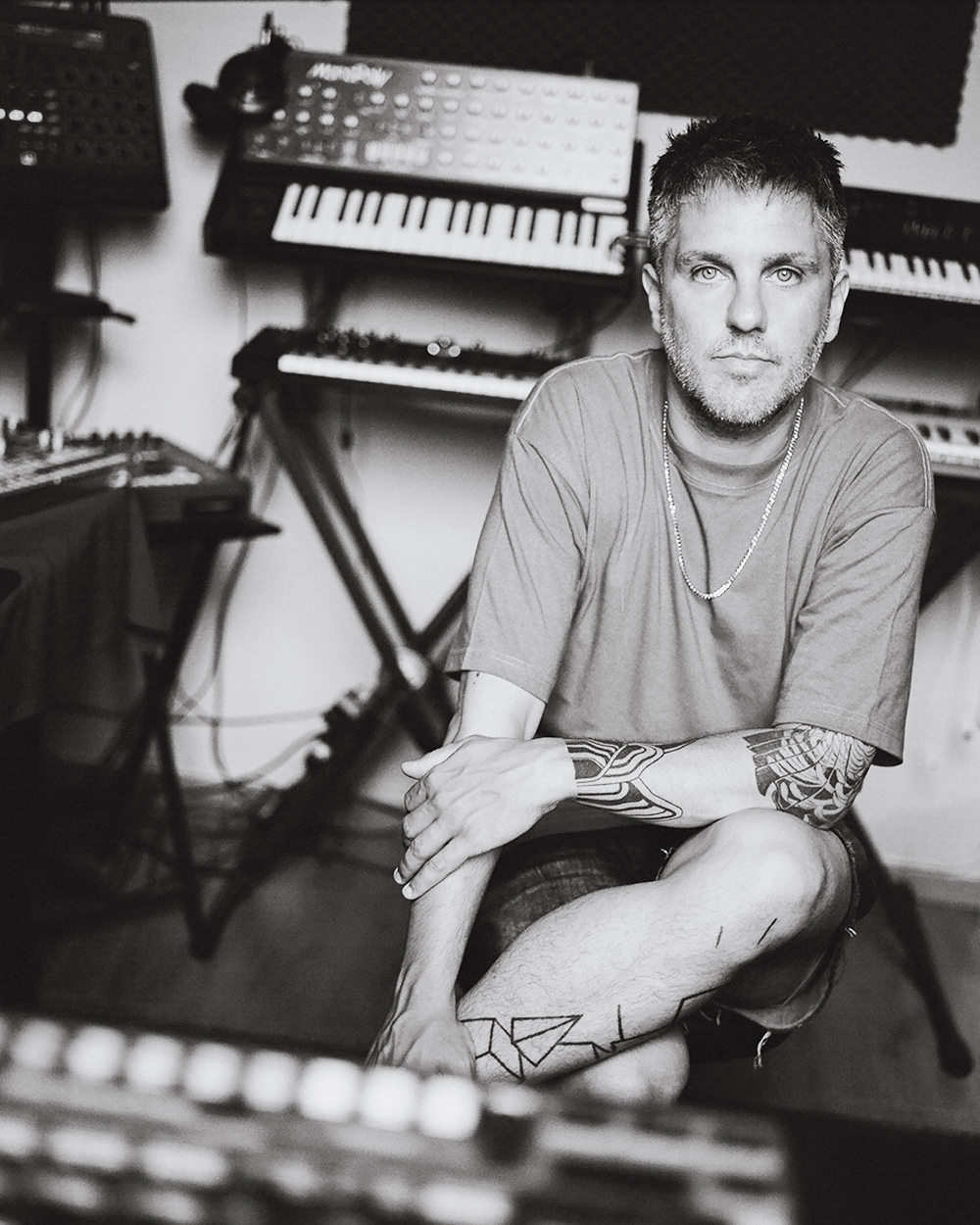Dr. Joe Dispenza famously said: "You wake up in the morning and you start your routine, firstly you shut the alarm clock off with the same finger, you slip out of bed on the same side, into your favourite slippers. Then you enter the bathroom, use the toilet like you always do, look in the mirror to remember who you are, drink your coffee out of your favourite mug, and leave for work in the same way as the day before. You do the exact same things so often that you’ve become an expert at them. Then you hurry home, check your emails, hurry to bed, and do it all over again."
This repetition is what we call neuroplasticity, the brain’s ability to shape and reshape itself based on experiences and behaviours. From the time you were a foetus, around five months old in the womb, your neural pathways began forming based on the environment you were growing in, the experiences of your early life, the education you received, your nutrition, and the atmosphere in which you were raised, be it peaceful and loving or otherwise. Over time, these experiences built the subconscious programs that now run much of your daily life.
In fact, studies suggest that 95% of your behaviour is governed by your subconscious mind, while only 5% is directed by your conscious thoughts. The subconscious is the "mind of preference," where your brain chooses what is familiar. The conscious mind, on the other hand, is the "mind of choice" but it’s the minority shareholder. To make meaningful changes in your life, you must be aware of this imbalance and start actively becoming conscious of your subconscious.
This awareness begins with acknowledging that the subconscious, like an outdated software program, maybe running scripts you didn’t write and no longer need. These scripts could be based on childhood experiences, ingrained beliefs, or even generational trauma. Trauma is, unfortunately, inevitable, and it doesn’t always come from malicious intent. Sometimes, the very people raising us unintentionally pass on their own unresolved issues, both consciously and subconsciously. (If you’d like to dive deeper into this topic, check out my previous article on generational trauma https://www.zabam.art/article/healing-generational-trauma-a-path-to-self-discovery ).
However, there’s no blame here only learning. When we know better, we can do better. The key is to break these negative neural pathways by identifying and removing toxic thoughts, feelings, memories, or beliefs that no longer serve you. They’re holding you back from feeling good and living in peace with yourself. And let me stress: It is all about you. That’s not selfishness, it’s self-love. Reinventing yourself it’s a responsibility. Shedding the old version of yourself to make way for the new is essential for your growth and happiness.
In my work with artists from diverse backgrounds, I frequently encounter challenges like lack of self-love, low self-esteem, comparison, frustration, anxiety, nervousness, anger, and complaints about life not going the way it “should.” What do all of these emotions have in common? They often stem from old subconscious programs that are on autopilot. Whether you're a painter, a musician, a dancer or a photographer, your brain has memorised certain patterns based on your experiences, and it keeps running them until you consciously decide to rewire those pathways.
Breaking Free from the Autopilot
To change your reality, you need to first disrupt your routine. It’s not enough to want to change,you have to reprogram those deeply embedded behaviours. Start by observing your daily habits. Is there a pattern to the way you react to certain situations? Do your emotional triggers feel almost automatic like they’ve been there forever? That’s your subconscious mind at work, trying to keep you safe by sticking to what it knows, even if those patterns are no longer beneficial to you.
Awareness is the first step toward transformation. Once you can identify what needs to be changed, the next step is action. And yes, it may feel uncomfortable at first. But discomfort is where growth happens. It's the sign that you're pushing past the old limitations of your subconscious and creating new neural pathways — pathways that align with the life you want to live.
How to Reprogram Your Subconscious:
Mindfulness and Meditation
Spend time each day becoming aware of your thoughts. Meditation can be a powerful tool for quieting the conscious mind and accessing the subconscious, helping you identify the deep-rooted beliefs and habits that may be running your life.
Affirmations and Visualisation
Feed your subconscious new messages by repeating positive affirmations and visualising the future you want. By doing this consistently, you’ll begin to replace old, limiting beliefs with new, empowering ones.
Challenge Your Beliefs
Ask yourself: Is this belief actually true? Where did it come from? Often, our deepest limiting beliefs come from someone else, a parent, teacher, or society. By questioning and challenging them, you can start to break free from the subconscious programs that no longer serve you.
Embrace Discomfort
Growth doesn’t happen in the comfort zone. Embrace the awkwardness, the unease, and the moments of doubt as signs that you're moving beyond your old self and into the new. Every time you choose a different action, you’re building new neural pathways.
Remember, transformation doesn’t happen overnight. It requires consistency and patience. But the reward is living a life where you are truly in control, where your conscious mind leads, and where your subconscious supports you, rather than holds you back.
Don’t be discouraged if you’re not where you want to be right now. Understand that you have the power to change that, but it starts with becoming conscious of your subconscious.
Seek therapy if necessary, I am here to support you on your journey to self-discovery
When you begin to change the way you think, you change the way you feel. When you change the way you feel, you change the way you act. And when you change the way you act — you change your life.
Follow LLM:


















